Designing a universal joint with wing bearings that can reliably perform under shock load conditions requires more than just selecting sturdy materials or oversized components. Shock loads introduce unpredictable force spikes that stress mechanical systems well beyond their steady-state limits. These sudden loads, common in construction machinery, agricultural equipment, and industrial mixers, can quickly deteriorate poorly designed components. A wing bearing driveshaft must be engineered not only to transmit torque but also to absorb and redistribute energy fluctuations without compromising mechanical alignment or joint integrity.
The wing bearing configuration itself offers some built-in advantages for these environments. By transferring torque through keyed connections between the bearing blocks and yokes, rather than relying solely on round trunnions or needle bearings, the universal joint with wing bearings creates defined load paths with more positive mechanical engagement. This keyed interface distributes stress across a broader contact area, which reduces localized wear and contributes to greater durability when equipment is subjected to repetitive jarring or sudden reversals.
However, effective shock-load handling depends heavily on the precision of the key-slot interface. Undersized keys or loosely machined slots can introduce micro-movements that lead to fretting wear or even cracking under repeated stress. The fit must be tight enough to prevent backlash yet engineered with enough clearance to allow for thermal expansion and slight shaft misalignments. Selecting the right tolerances is an exercise in balancing flexibility with control, and manufacturers with experience in variable-load environments understand that these tolerances are rarely one-size-fits-all.
Another critical factor is the material behavior under dynamic conditions. Not all steels are equal when it comes to shock resistance. Hardened alloy steels with high toughness and fatigue resistance are typically chosen for the bearing blocks and keys. Surface treatments like induction hardening or shot peening can enhance fatigue strength, while careful bolt selection ensures that the joint remains securely assembled under cyclic loading. The bolts themselves often experience combined tension and shear, so their grade, pretensioning method, and frequency of re-torqueing must be addressed during design.
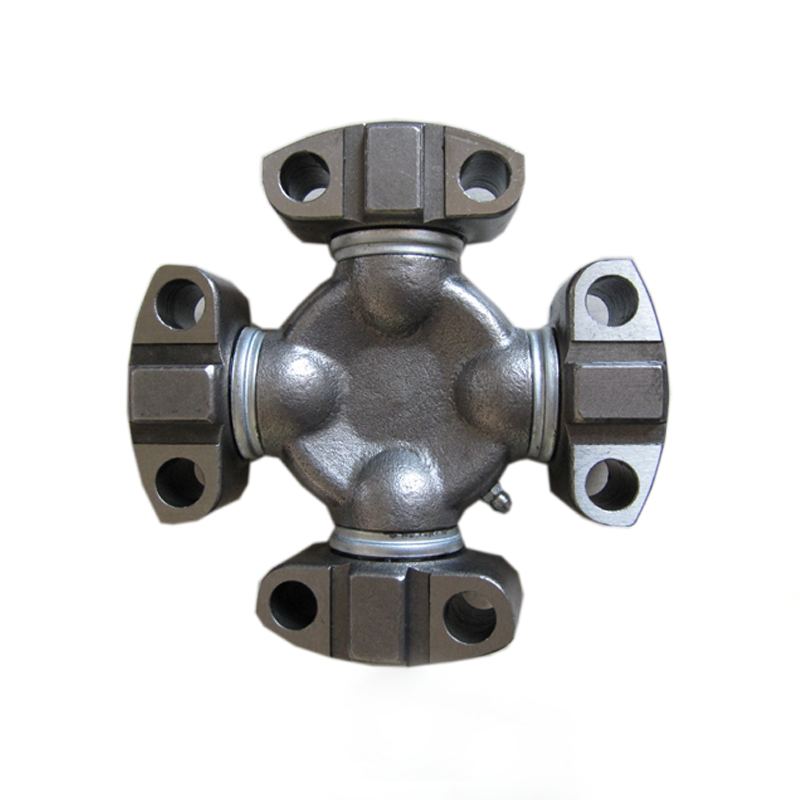
It’s not just about surviving the shock; it’s about maintaining consistent performance after thousands of cycles. That’s why wear patterns are closely monitored during prototyping. For wing bearing joints, uneven key wear or galling on the slot surfaces may indicate insufficient lubrication or flawed geometry. This is where real-world testing plays a role. Controlled simulations can only go so far; putting the universal joint with wing bearings into field trials reveals subtle design limitations that lab environments might miss. The feedback loop between field data and engineering refinement is key to delivering joints that work reliably where it matters most.
In some projects, we’ve also seen the benefits of customizing block geometry to increase angular misalignment tolerance. By slightly adjusting the dimensions and materials of the bearing blocks, it's possible to improve energy absorption while preserving the essential rigidity that allows for efficient torque transfer. These modifications must be validated through stress analysis and fatigue modeling, but they often pay off in longer service life and reduced maintenance costs for end users—especially in high-duty cycles or equipment that operates in harsh, uneven terrain.
From a supplier’s perspective, it’s rewarding to see how customers benefit from durable, application-specific designs. A well-engineered universal joint with wing bearings doesn’t just extend component life—it reduces downtime, lowers total cost of ownership, and builds confidence in the equipment itself. That’s why we don’t believe in generic, mass-produced answers when shock loads are involved. Tailored solutions, built on a foundation of technical knowledge and proven design practices, are what set serious manufacturers apart in demanding markets.
Understanding the true mechanical demands of variable loads—and engineering accordingly—remains the cornerstone of successful power transmission in heavy machinery. As a manufacturer with hands-on experience across industries and international markets, we continue to refine our mechanical u-joints for performance and longevity. If your application involves shock loading, the right universal joint with wing bearings can make a measurable difference where it counts.

 English
English Español
Español 中文简体
中文简体


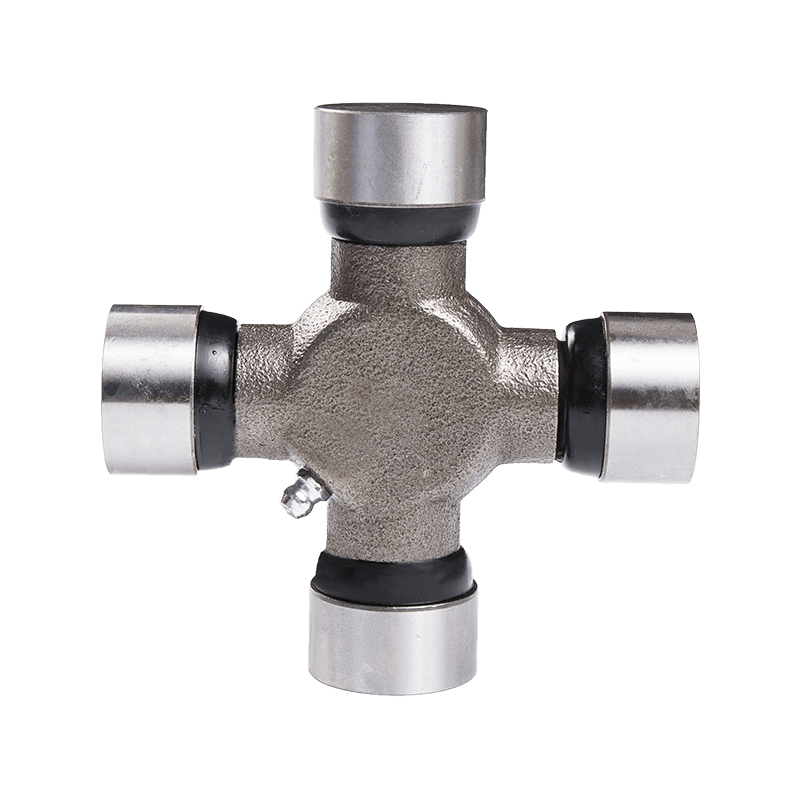
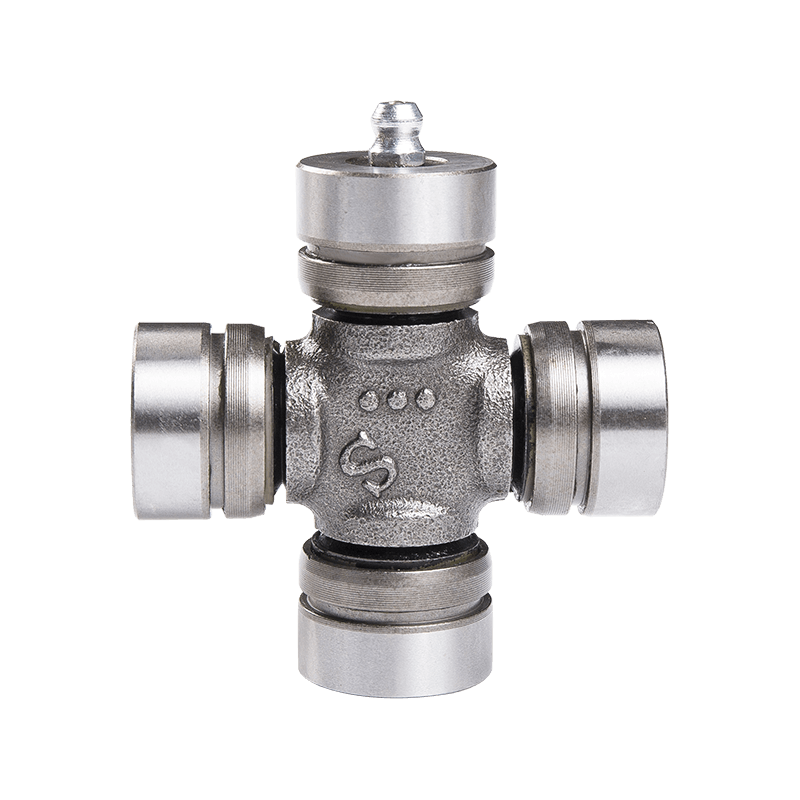
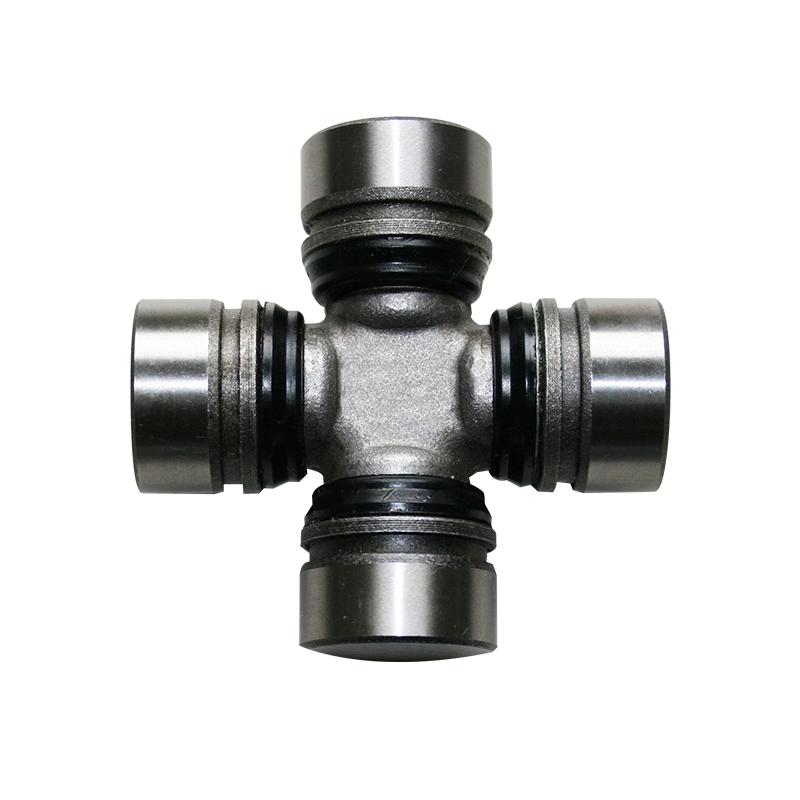
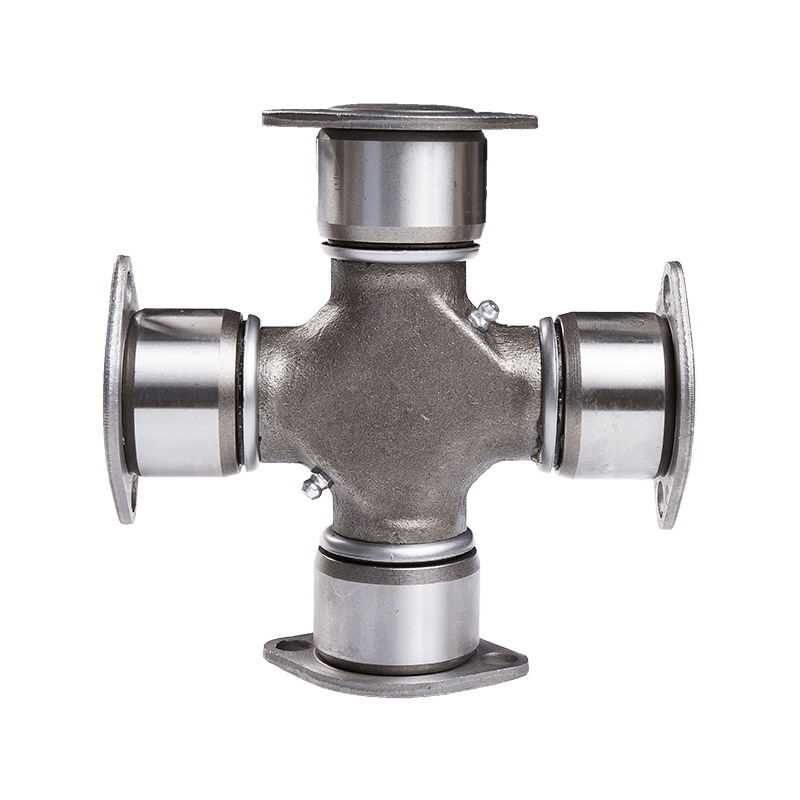

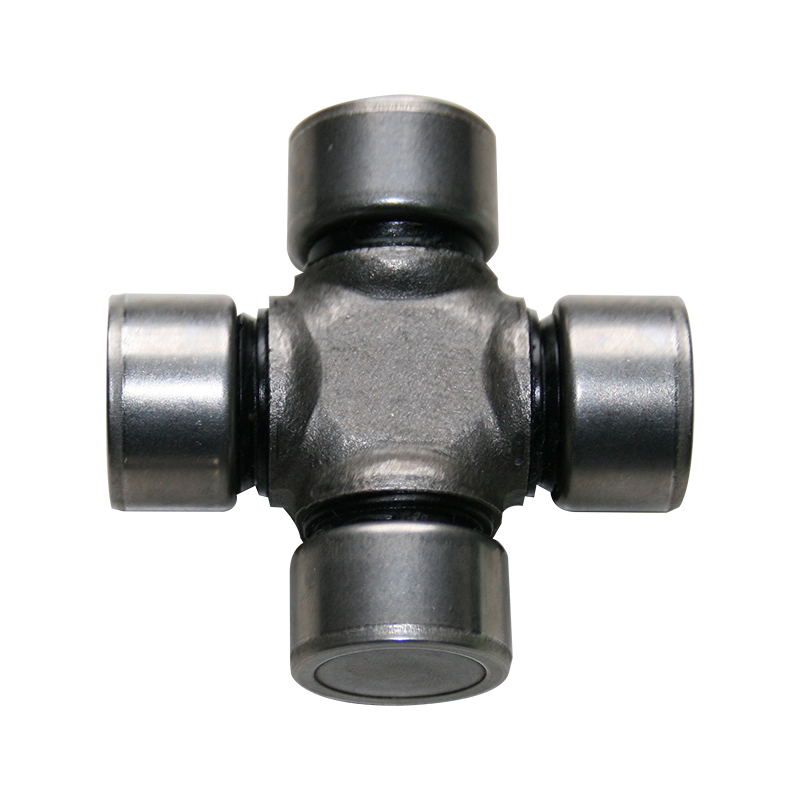
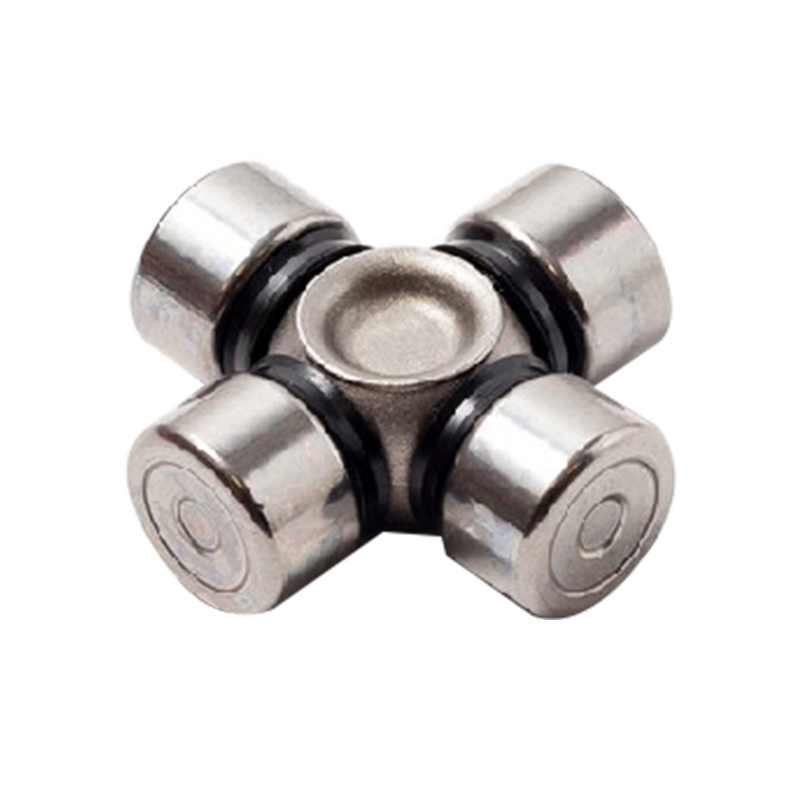
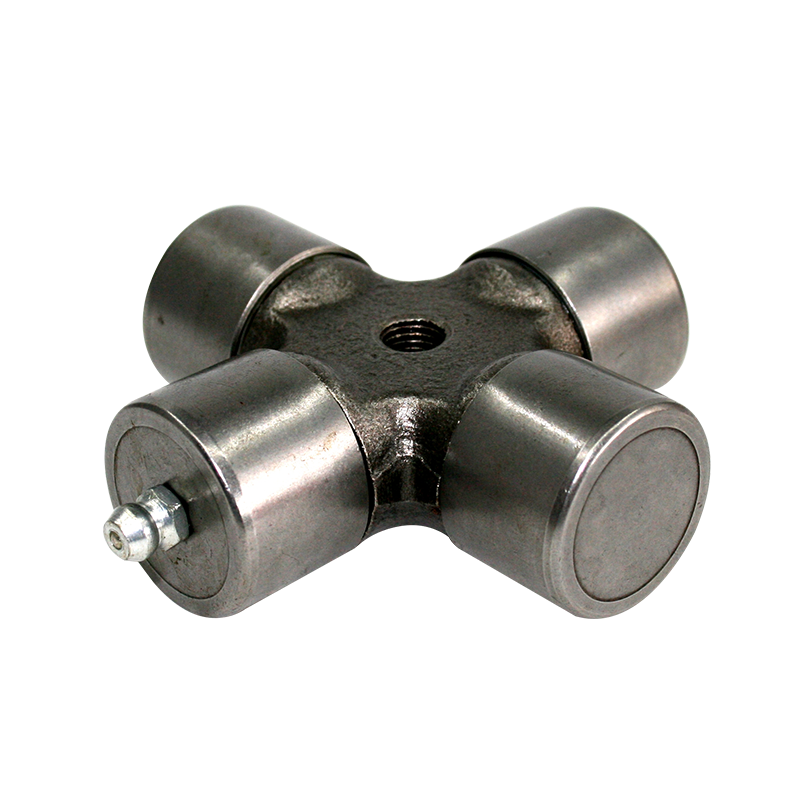
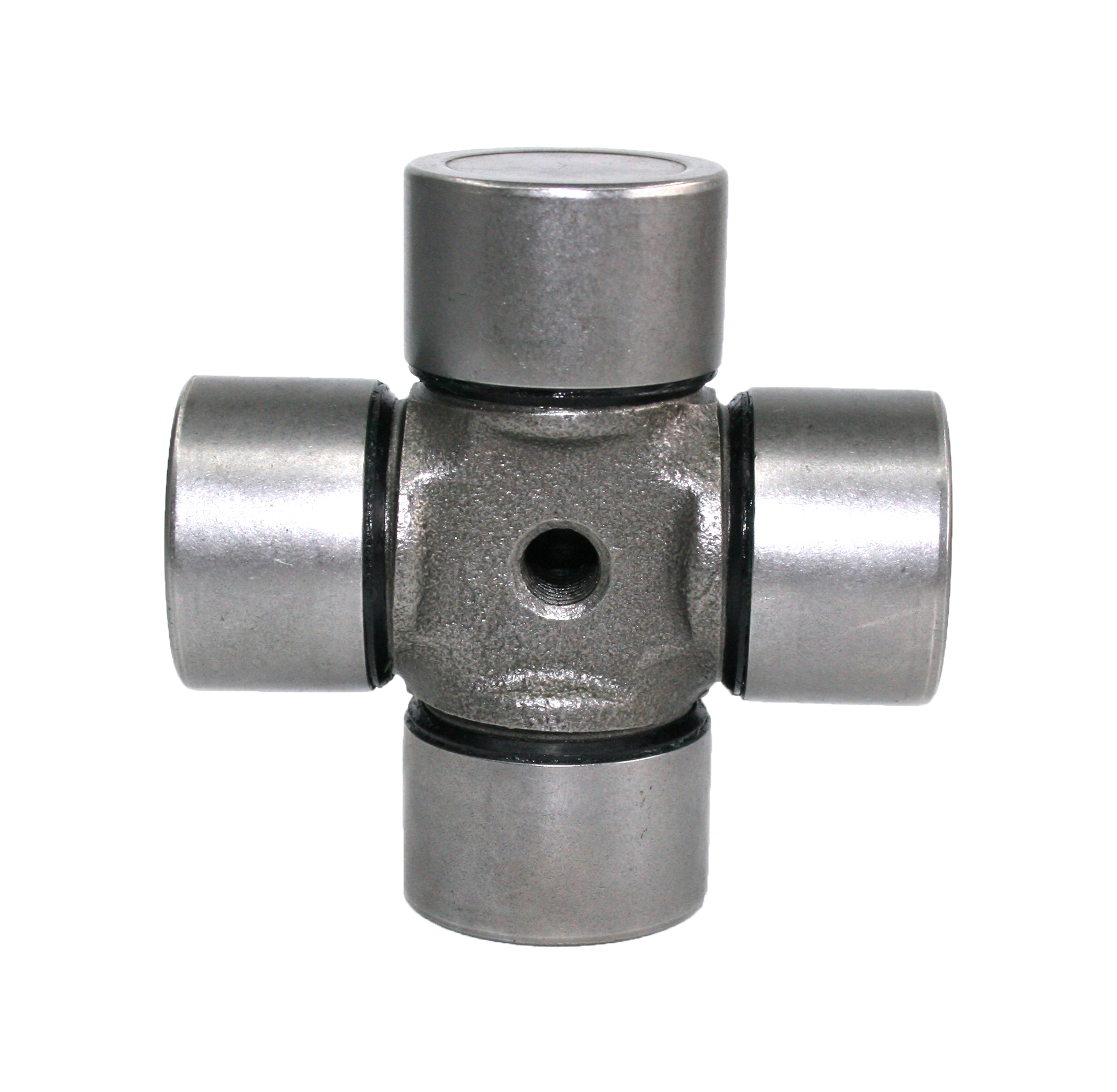
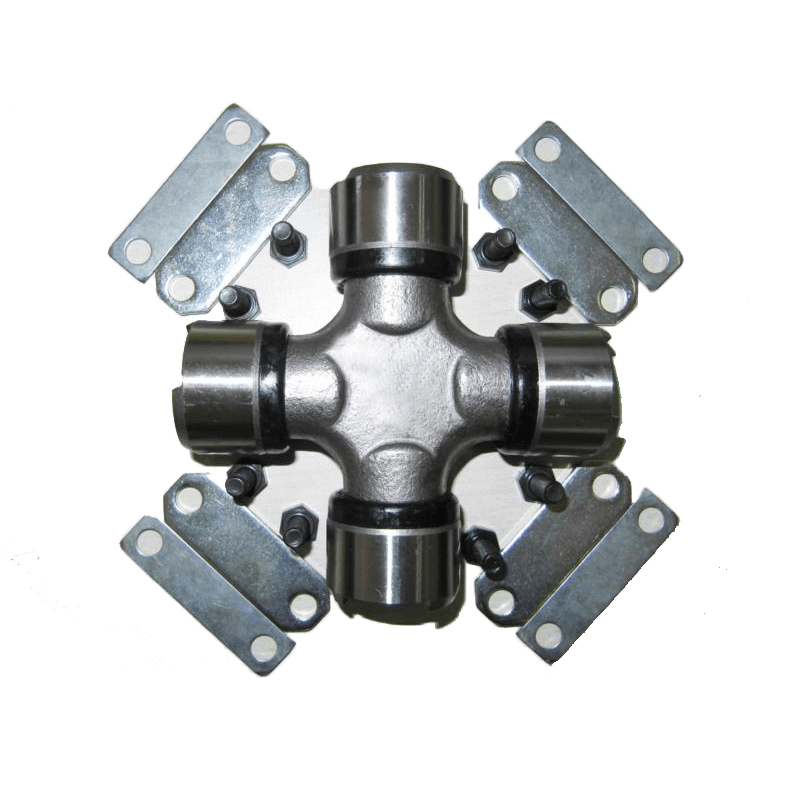
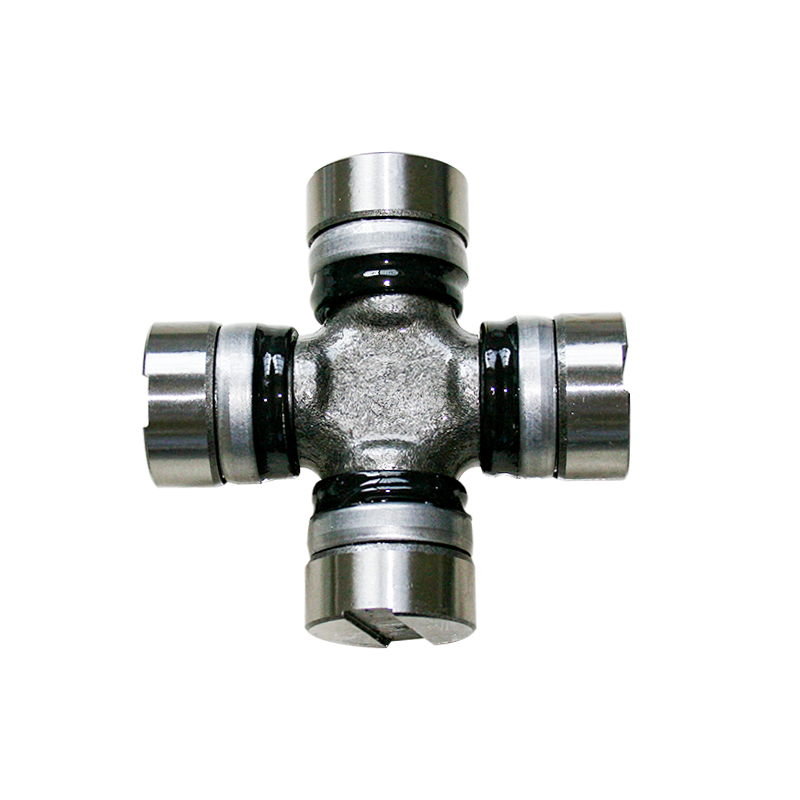

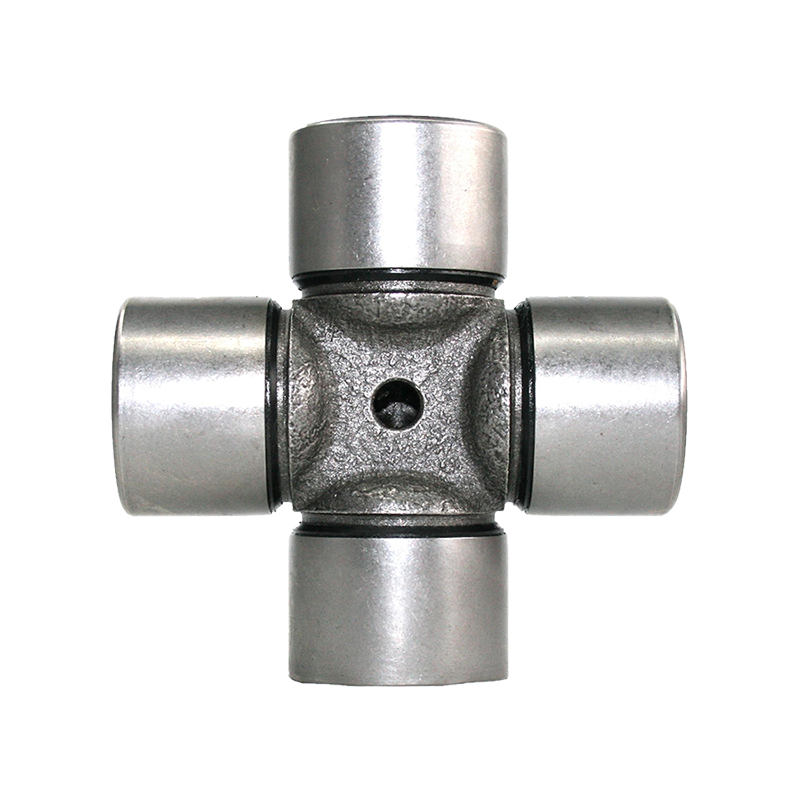



Contact Us